Abarth 500 595 695 vs Volvo XC90 – Which one offers the better deal?
Compare performance, boot capacity, efficiency and price at a glance.
Find out which car is the better choice for you – Abarth 500 595 695 or Volvo XC90?
Costs and Efficiency:
Looking at overall running costs, both models reveal some interesting differences in everyday economy.
Abarth 500 595 695 has a decisively advantage in terms of price – it starts at 32600 £, while the Volvo XC90 costs 69800 £. That’s a price difference of around 37200 £.
As for range, the Abarth 500 595 695 performs decisively better – achieving up to 265 km, about 194 km more than the Volvo XC90.
Engine and Performance:
Power, torque and acceleration say a lot about how a car feels on the road. This is where you see which model delivers more driving dynamics.
When it comes to engine power, the Volvo XC90 has a decisively edge – offering 455 HP compared to 155 HP. That’s roughly 300 HP more horsepower.
In acceleration from 0 to 100 km/h, the Volvo XC90 is noticeable quicker – completing the sprint in 5.40 s, while the Abarth 500 595 695 takes 7 s. That’s about 1.60 s faster.
In terms of top speed, the Volvo XC90 performs a bit better – reaching 180 km/h, while the Abarth 500 595 695 tops out at 155 km/h. The difference is around 25 km/h.
There’s also a difference in torque: Volvo XC90 pulls clearly stronger with 709 Nm compared to 235 Nm. That’s about 474 Nm difference.
Space and Everyday Use:
Beyond pure performance, interior space and usability matter most in daily life. This is where you see which car is more practical and versatile.
Seats: Volvo XC90 offers convincingly more seating capacity – 7 vs 4.
In curb weight, Abarth 500 595 695 is significantly lighter – 1410 kg compared to 2080 kg. The difference is around 670 kg.
In terms of boot space, the Volvo XC90 offers noticeable more room – 302 L compared to 185 L. That’s a difference of about 117 L.
In maximum load capacity, the Volvo XC90 performs decisively better – up to 1856 L, which is about 1306 L more than the Abarth 500 595 695.
When it comes to payload, Volvo XC90 clearly takes the win – 710 kg compared to 385 kg. That’s a difference of about 325 kg.
Who comes out on top?
Overall, the Volvo XC90 shows itself to be wins the duel decisively and secures the title of DriveDuel Champion.
It convinces with the more balanced overall package and proves to be the more versatile choice for everyday use.
 @ Volvo Cars
@ Volvo Cars
Volvo XC90
Abarth 500 595 695
The Abarth 500, particularly in its 595 and 695 renditions, captures the spirit of Italian motoring with its compact yet aggressive design. Known for its lively performance and distinctive styling, this little powerhouse is a joy to drive, offering an engaging experience that appeals to enthusiasts. With its rich motorsport heritage, the Abarth 500 embodies the essence of fun and excitement on both the streets and the race track.
details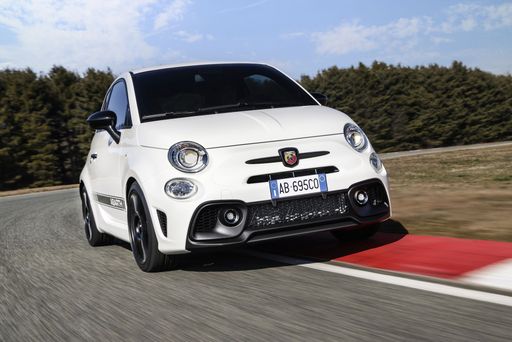 @ Abarth / Stellantis Media
@ Abarth / Stellantis Media
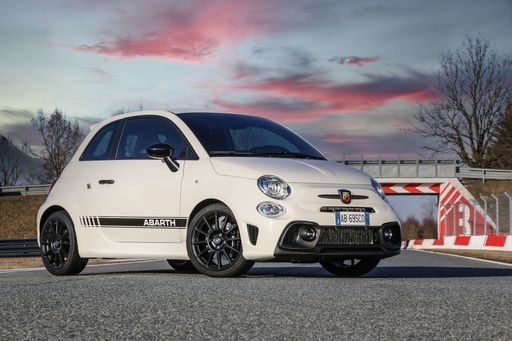 @ Abarth / Stellantis Media
@ Abarth / Stellantis Media
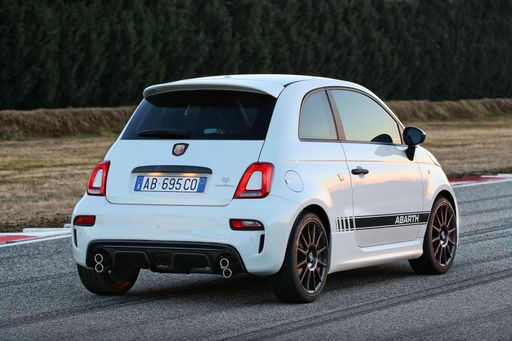 @ Abarth / Stellantis Media
@ Abarth / Stellantis Media
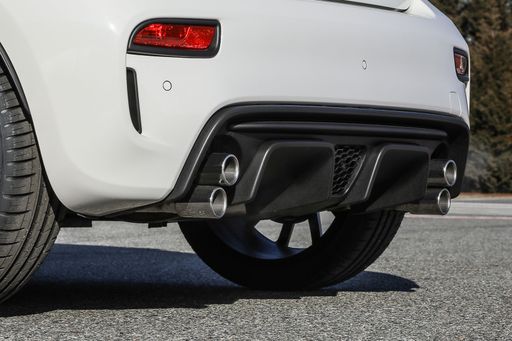 @ Abarth / Stellantis Media
@ Abarth / Stellantis Media
 @ Abarth / Stellantis Media
@ Abarth / Stellantis Media
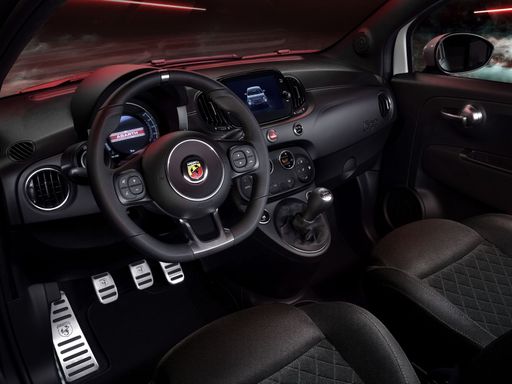 @ Abarth / Stellantis Media
@ Abarth / Stellantis Media
Volvo XC90
The Volvo XC90 stands out with its elegant Scandinavian design, seamlessly blending luxury with versatility. Inside, it offers a spacious and meticulously crafted interior, showcasing high-quality materials and advanced technology. The vehicle provides a comfortable and smooth driving experience, making it a popular choice for families and long journeys.
details @ Volvo Cars
@ Volvo Cars
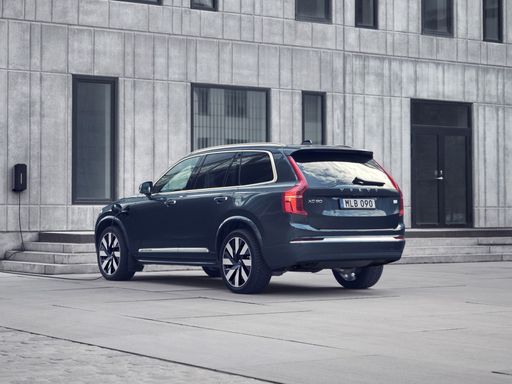 @ Volvo Cars
@ Volvo Cars
 @ Volvo Cars
@ Volvo Cars
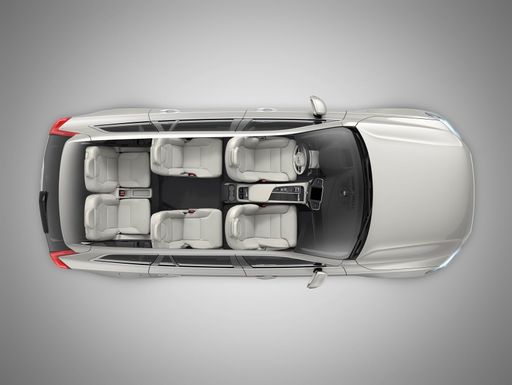 @ Volvo Cars
@ Volvo Cars
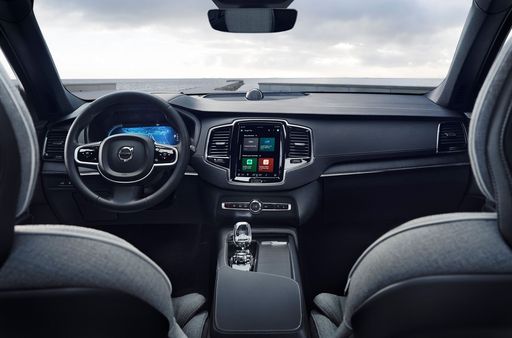 @ Volvo Cars
@ Volvo Cars
 @ Abarth / Stellantis Media
@ Abarth / Stellantis Media
|
 @ Volvo Cars
@ Volvo Cars
|
|
|
|
Costs and Consumption |
|
|---|---|
|
Price
32600 - 39400 £
|
Price
69800 - 84600 £
|
|
Consumption L/100km
-
|
Consumption L/100km
3.5 - 8.5 L
|
|
Consumption kWh/100km
17.1 - 18.8 kWh
|
Consumption kWh/100km
-
|
|
Electric Range
242 - 265 km
|
Electric Range
71 km
|
|
Battery Capacity
37.80 kWh
|
Battery Capacity
14.70 kWh
|
|
co2
0 g/km
|
co2
79 - 191 g/km
|
|
Fuel tank capacity
-
|
Fuel tank capacity
71 L
|
Dimensions and Body |
|
|---|---|
|
Body Type
Hatchback
|
Body Type
SUV
|
|
Seats
4
|
Seats
7
|
|
Doors
3
|
Doors
5
|
|
Curb weight
1410 - 1435 kg
|
Curb weight
2080 - 2297 kg
|
|
Trunk capacity
185 L
|
Trunk capacity
262 - 302 L
|
|
Length
3673 mm
|
Length
4953 mm
|
|
Width
1682 mm
|
Width
1923 mm
|
|
Height
1518 mm
|
Height
1771 mm
|
|
Max trunk capacity
550 L
|
Max trunk capacity
1816 - 1856 L
|
|
Payload
370 - 385 kg
|
Payload
653 - 710 kg
|
Engine and Performance |
|
|---|---|
|
Engine Type
Electric
|
Engine Type
Petrol MHEV, Plugin Hybrid
|
|
Transmission
Automatic
|
Transmission
Automatic
|
|
Transmission Detail
-
|
Transmission Detail
Automatic Gearbox
|
|
Drive Type
Front-Wheel Drive
|
Drive Type
All-Wheel Drive
|
|
Power HP
155 HP
|
Power HP
250 - 455 HP
|
|
Acceleration 0-100km/h
7 s
|
Acceleration 0-100km/h
5.4 - 7.7 s
|
|
Max Speed
155 km/h
|
Max Speed
180 km/h
|
|
Torque
235 Nm
|
Torque
360 - 709 Nm
|
|
Number of Cylinders
-
|
Number of Cylinders
4
|
|
Power kW
114 kW
|
Power kW
184 - 335 kW
|
|
Engine capacity
-
|
Engine capacity
1969 cm3
|
General |
|
|---|---|
|
Model Year
2023
|
Model Year
2024 - 2025
|
|
CO2 Efficiency Class
A
|
CO2 Efficiency Class
G, B
|
|
Brand
Abarth
|
Brand
Volvo
|
Is the Abarth 500 595 695 offered with different drivetrains?
The Abarth 500 595 695 is offered with Front-Wheel Drive.
The prices and data displayed are estimates based on German list prices and may vary by country. This information is not legally binding.
